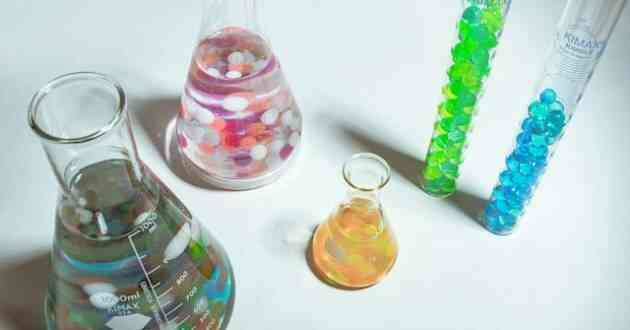Unlocking Cell Genetic Potential: Exploring Transfection Reagents And Methods
Transfection reagents and equipment suitable for the cell type and experimental application should be carefully selected
Transfection reagents are chemical compounds that are used to deliver DNA or RNA fragments into eukaryotic cells. They are used in procedures like transient transfection and stable transfection which help in genetic manipulation of cells. Transfection reagents form complexes with the nucleic acid material and help in their entry into the target cells. Common transfection reagents include lipid-based reagents like lipofectamine, calcium phosphate, DEAE-dextran etc.
Lipid-Based Transfection Reagents
Lipid-based reagents are one of the most commonly used transfection reagents. They work on the principle of formation of liposomes or lipid-DNA complexes which fuse with the cell membrane and facilitate entry of nucleic acid material inside the cell. Some popular lipid reagents include lipofectamine, lipofectin etc. Lipofectamine is a cationic lipid formulation which complexes well with DNA and RNA and transfects a wide variety of cell lines very efficiently. It leads to high Transfection Reagents and Equipment efficiency without being cytotoxic. Lipofectin contains DOTMA and DOPE lipids which spontaneously form liposomes and complex and deliver DNA inside cells.
Calcium Phosphate Transfection Method
Calcium phosphate precipitation is one of the physical transfection methods used commonly in the lab. In this method, calcium chloride and phosphate buffered saline are mixed with plasmid DNA to form calcium-phosphate-DNA coprecipitates. These precipitates adhere to the surface of cultured cells and are endocytosed. Inside endosomes, the precipitates dissolve due to acidification and the DNA is released into the cytoplasm. HEK293 and CHO cells transfect very efficiently with calcium phosphate transfection reagent.
DEAE-dextran Method
DEAE-dextran is a positively charged polysaccharide which forms strong complexes with plasmid DNA. In this method, DEAE-dextran and DNA are added dropwise to cultured cells in serum-free media. The DEAE-dextran-DNA complexes are taken up by endocytosis into the cells. Later on, DMSO is added which helps in endosomal escape of DNA into the cytoplasm. This reagent transfects many cell lines like HeLa, CHO etc but with relatively lower efficiency than lipid-based reagents.
Equipment used for Transfection
Several lab equipment are used for transfection of eukaryotic cells in the culture. These include micropipettes, electroporators, gene guns etc.
Micropipettes
Glass or plastic micropipettes are used to microinject transfection mixtures directly into the cytoplasm or nucleus of individual cultured cells or embryos. This physical method transfects with very high efficiency but is a labour-intensive, low-throughput technique suitable for transfecting a few cells.
Electroporators
Electroporation uses short high voltage electric pulses to create transient pores in the cell membrane through which transfection mixtures enter the cell cytoplasm. Commercial electroporators like the Bio-Rad Gene Pulser are used along with cuvettes containing cells and transfection mixture. Parameters like voltage, capacitance, resistance are adjusted as per cell type to achieve maximum transfection efficiency while ensuring good cell viability.
Gene Guns
gene guns or particle delivery systems or biolistics work on the principle of accelerating DNA-coated gold or tungsten microcarriers onto target cells or tissues using a helium pressure discharge device. The particles penetrate the cell wall, plasma membrane, releasing nucleic acids intracellularly. Gene guns transfect hard to transfect cells like plant tissues and some mammalian cells.
Transfection is a powerful technique commonly used for genetic manipulation in cells and various reagents and equipment have been developed to optimize the transfection process as per cell characteristics. A thorough understanding of different transfection methodologies helps in selecting the appropriate one for specific research purposes.
Get more insights on Transfection Reagents and Equipment


